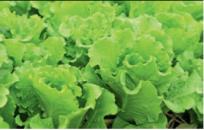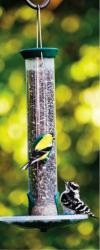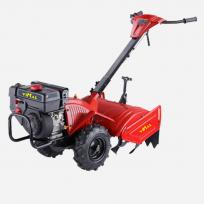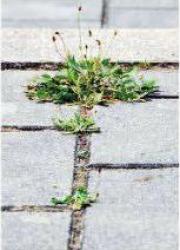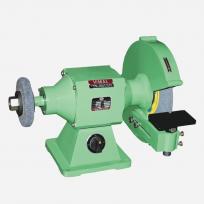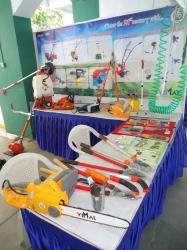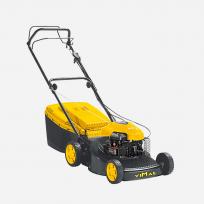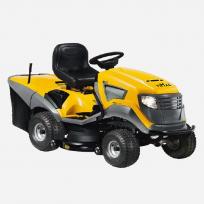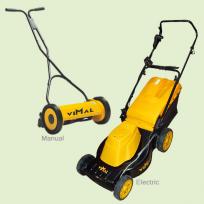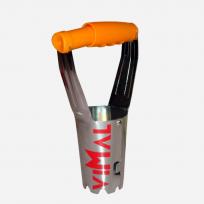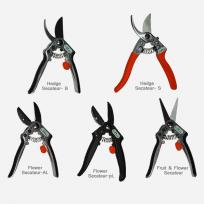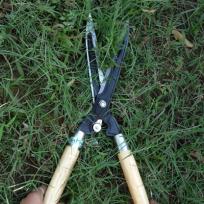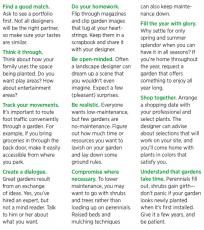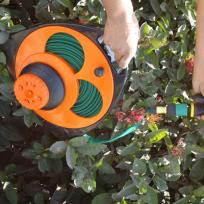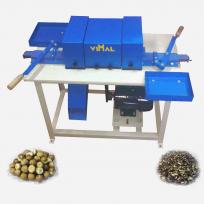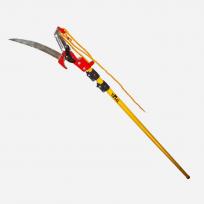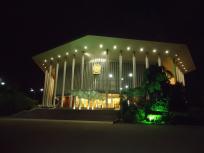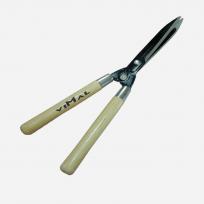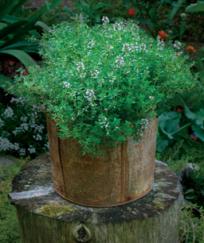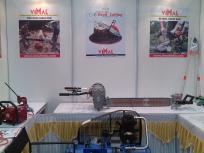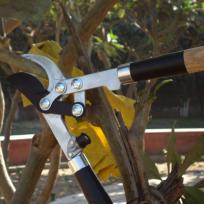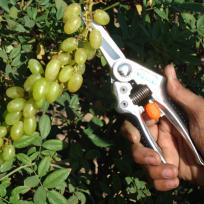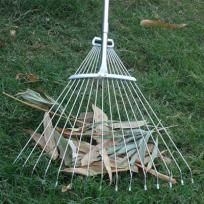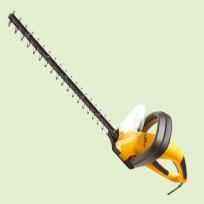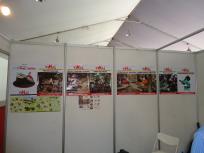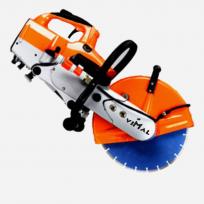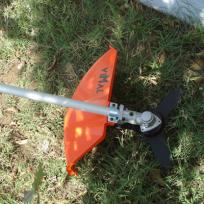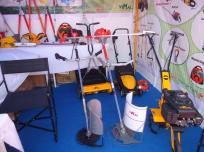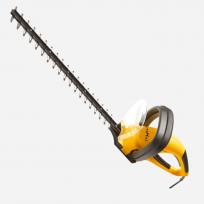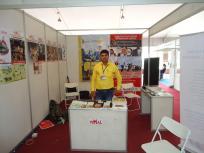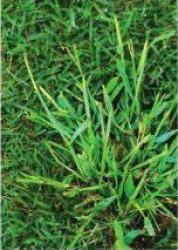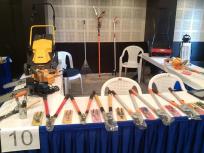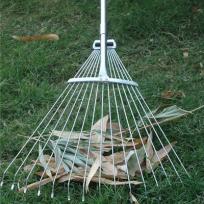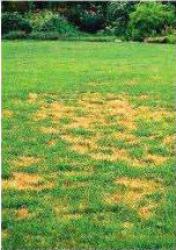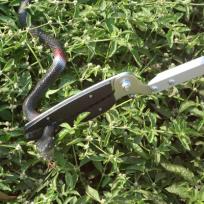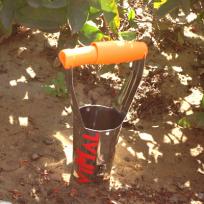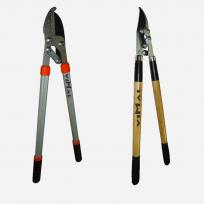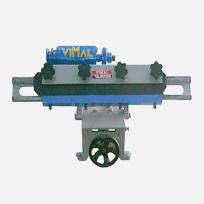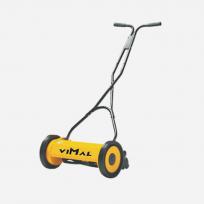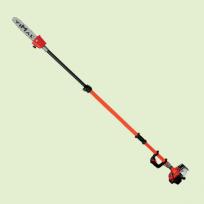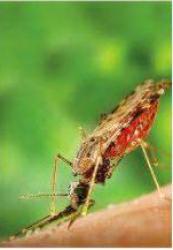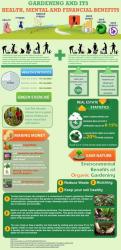Summer Fruits
Almonds, apricots, cherries, nectarines, peaches and plums, all botanically related members of the genus Prunus. Their fruit can be eaten fresh or dried or can be used in cooking and preserves. The fruits contain a hard, often pitted seed. Stone-fruit trees can be added to the garden year round but are best planted during early winter as grafted, bare-rooted plants. Autumn is the ideal time to prepare the ground for planting and order your trees. The selection of cultivars during winter isoften better than at other times of the year. Certain stone-fruit trees are self-fertile but others need a pollinator — meaning another tree of a different cultivar needs to be planted nearby for pollination — so it’s wise to find out which varieties are best suited to your local climate and soil and which make good pollen partners, before purchase.
Growing
The ideal climate for most stone fruit is a cool winter followed by a warm summer without too much humidity. But there are low-chill types, which you can grow in warmer areas. Stone-fruit trees are deciduous and spring-flowering and bear fruit through summer into autumn, depending on the cultivar selected. The sizes of trees vary: dwarf varieties attain a height and spread of 2–3m, while standard cherries, for instance, can exceed 8m. Pruning trees can keep them around 4–7m and many are suitable to espalier (grow two dimensionally on a frame, gate, fence or wall) or duo/trio plant (two or three trees planted in one hole), while some are available in dwarf form for smaller gardens or containers.The ideal position for stone fruit is in open ground where it receives all-day sunshine. As they are prone to various fungal diseases, a sandy or loamy soil that’s well drained, well dug, fertile and compost-rich is ideal. Feed trees annually after flowering finishes, using a complete organic fertiliser, then monthly using a seaweed emulsion. Keep the water up to them during dry weather but avoid wetting the foliage when watering or feeding.

